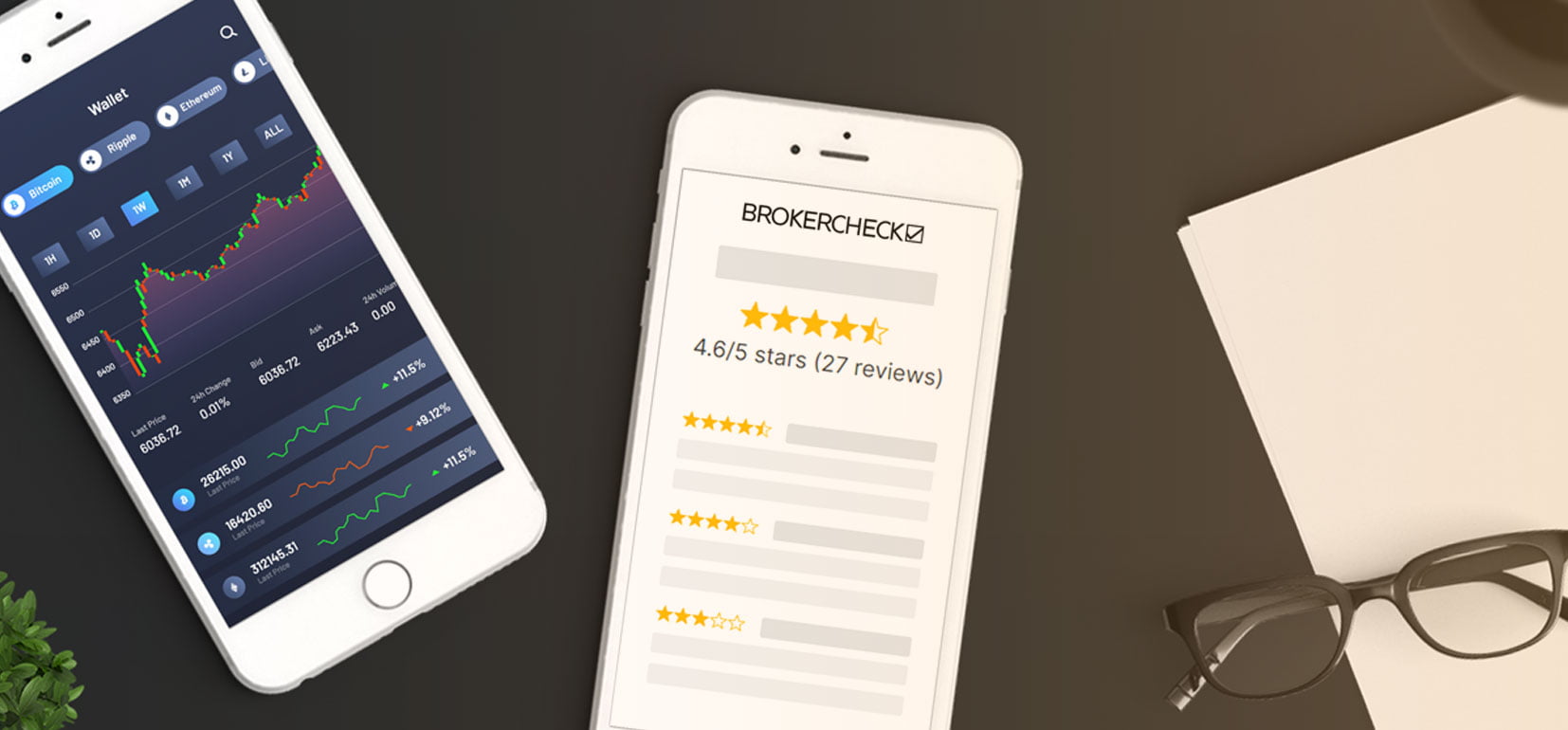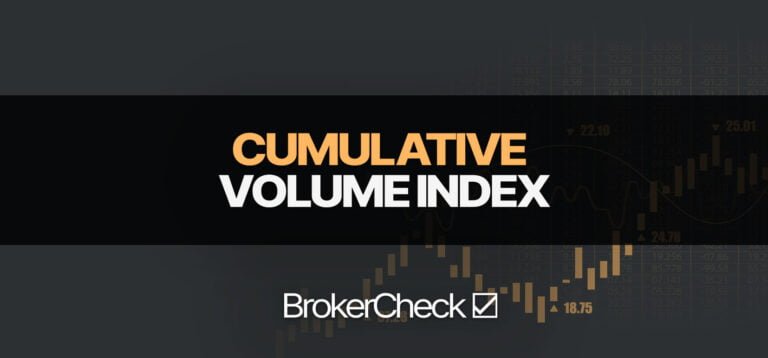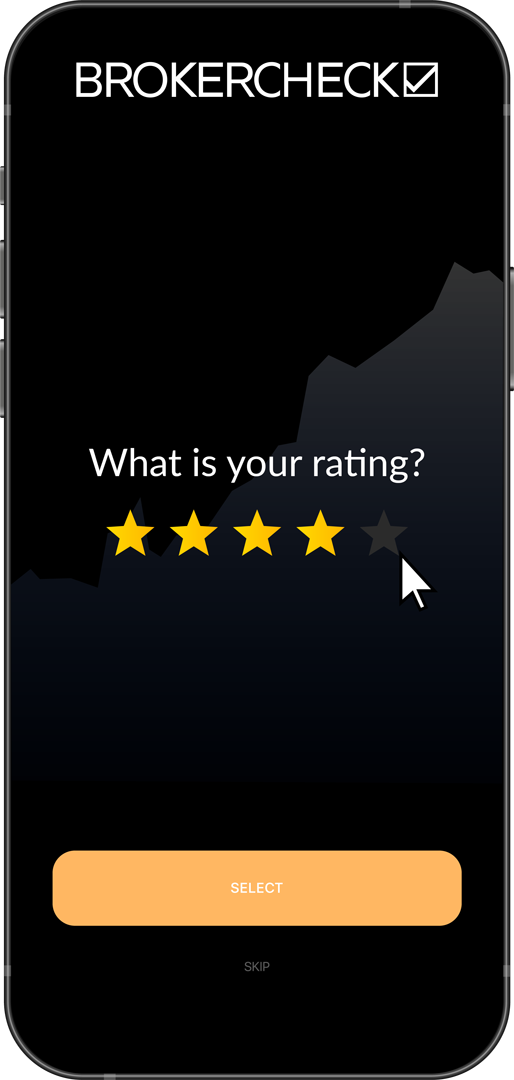1. Understanding ETFs
Exchange-Traded Funds (ETFs) are revolutionizing the trading world. They offer a unique blend of the diversified exposure of mutual funds and the flexibility of individual stocks. Essentially, an ETF is a basket of securities that you can buy or sell through a brokerage firm on a stock exchange.
ETFs are designed to track the performance of a specific index, sector, commodity, or asset class. They can be comprised of various investment types, including stocks, bonds, commodities, or a mix of investment types. This makes them a versatile tool for diversifying your portfolio.
Diversification is a key attribute of ETFs. Since they consist of numerous securities, they spread the investment risk over a wide range of assets. This can help protect your portfolio from the volatility of individual securities. But remember, while diversification can help spread risk, it does not guarantee profit or protect against loss.
Liquidity is another significant advantage of ETFs. Unlike mutual funds, which only trade at the end of the day, ETFs can be traded throughout the day like stocks. This allows you to react quickly to market changes. Plus, the ability to place different types of orders (like limit orders and stop-loss orders) gives you greater control over when and at what price you buy or sell your ETF shares.
Cost-effectiveness is a major draw for many investors. ETFs typically have lower expense ratios than mutual funds. This is because most ETFs are passively managed, aiming to match the performance of an index rather than trying to beat the market. However, it’s important to be aware that trading fees can add up if you trade ETFs frequently.
Transparency is a key feature of ETFs. They disclose their holdings daily, so you always know exactly what assets you own. This is not always the case with mutual funds, which only disclose their holdings quarterly.
In the world of trading and investing, knowledge is power. By understanding ETFs, you can leverage their benefits to enhance your trading strategy and potentially increase your returns.
1.1. What are ETFs?
In the vast universe of investment options, Exchange Traded Funds (ETFs) shine brightly, offering a unique blend of features that make them a favorite among savvy traders and investors. At its core, an ETF is a type of fund and exchange-traded product, traded on stock exchanges much like individual stocks. They are designed to track the performance of a specific index, sector, commodity, or asset class.
ETFs are akin to a basket filled with different types of securities such as stocks, bonds, or commodities. This diversified nature makes them an excellent tool for portfolio diversification. For instance, instead of buying individual stocks and trying to balance your portfolio yourself, you can buy an ETF that tracks a broad market index like the S&P 500. This way, you get exposure to a wide array of companies, spreading the risk and potentially increasing your chances of returns.
One of the key features that differentiate ETFs from mutual funds is their tradability. ETFs can be bought and sold throughout the trading day at market prices, just like individual stocks. This provides the flexibility to react quickly to market movements, a feature particularly appealing to active traders.
Moreover, ETFs are celebrated for their transparency. ETF providers are required to disclose the fund’s holdings on a daily basis, allowing investors to know exactly what assets they own through their ETF. This is a stark contrast to mutual funds, where holdings are typically disclosed only quarterly.
Lastly, ETFs often come with lower expense ratios compared to mutual funds, making them a cost-effective choice for long-term investors. However, it’s important to note that trading fees can add up for those who trade frequently.
Whether you’re a seasoned trader looking for a flexible investment tool, or a beginner investor seeking a diversified and cost-effective way to enter the market, ETFs could be a compelling option to consider.
1.2. Types of ETFs
Diving into the world of Exchange-Traded Funds (ETFs) can feel like stepping into a labyrinth of financial jargon and complex structures. But fear not, for we are here to guide you through the maze, starting with the various types of ETFs you might encounter on your trading journey.
At its core, an ETF is a type of investment fund and exchange-traded product, traded on stock exchanges. ETFs are designed to track the performance of specific indexes, sectors, commodities, or other assets. However, not all ETFs are created equal.
Index ETFs are the most common type, designed to follow a specific index like the S&P 500. They offer a low-cost way to achieve broad market exposure, making them a favorite among passive investors.
Sector ETFs focus on specific sectors of the economy such as technology, healthcare, or finance. These ETFs allow investors to target their investments towards areas of the economy they believe will perform well.
Commodity ETFs invest in physical commodities like precious metals, oil, or agricultural goods. They offer a way to invest in these commodities without the need to physically store them.
Bond ETFs offer exposure to the bond market. They can focus on specific types of bonds, such as corporate or government, or specific durations, from short-term to long-term.
International ETFs offer exposure to foreign markets, providing a simple way to diversify your portfolio geographically.
Thematic ETFs focus on specific themes or trends, such as clean energy or e-commerce. These ETFs allow investors to invest in their convictions about the future direction of the market or the economy.
Leveraged and Inverse ETFs are more complex and typically used by experienced traders. Leveraged ETFs aim to deliver multiple times the daily performance of the index or sector they track. Inverse ETFs aim to deliver the opposite of the performance of their benchmark.
Actively Managed ETFs are managed by a team of investment professionals who make decisions about what assets to hold, unlike most ETFs which are passively managed to track an index.
Remember, each type of ETF comes with its own set of risks and rewards. Understanding these different types is the first step to making informed decisions about which ETFs are right for your investment strategy.
1.3. Benefits of ETFs
Diversification is arguably one of the most appealing benefits of ETFs. They allow you to invest in a wide array of assets, spreading risk across different sectors, industries, and even countries. This is a significant advantage for traders and investors who are looking to minimize risk while maximizing potential returns.
Liquidity is another key advantage. ETFs are traded on exchanges just like individual stocks, which means you can buy and sell them throughout the trading day at market prices. This flexibility can be a major asset when you need to react quickly to market changes.
The accessibility of ETFs is also worth noting. They offer exposure to various markets and asset classes that might be difficult to reach otherwise. Whether you’re interested in specific sectors, commodities, bonds, or international markets, there’s likely an ETF that fits the bill.
Cost-effectiveness is another compelling benefit. ETFs typically have lower expense ratios than mutual funds, which means less of your investment is eaten up by fees. Plus, because they’re passively managed, they tend to have lower turnover rates, which can result in fewer taxable events.
Finally, ETFs offer transparency. Unlike mutual funds, which only disclose their holdings quarterly, ETFs disclose their holdings daily. This allows you to see exactly what assets you own, providing a clear picture of your investment.
In short, ETFs offer a unique combination of benefits that can make them a valuable addition to any investment portfolio. Whether you’re a novice trader or a seasoned investor, the advantages of ETFs are worth considering.
2. Getting Started with ETFs
Exchange Traded Funds (ETFs) have stormed the financial markets, offering a unique blend of the diversification benefits of mutual funds and the flexibility of individual stocks. But for the uninitiated, navigating the ETF landscape can be daunting. Let’s break it down into manageable chunks.
Understanding ETF Basics is the first step. ETFs are investment funds traded on stock exchanges, much like individual stocks. They aim to track the performance of a specific index, sector, commodity, or asset class. Unlike mutual funds, ETFs are bought and sold throughout the trading day at market price, offering investors the flexibility to employ strategic investment techniques such as short selling or buying on margin.
Choosing the Right ETF demands careful consideration. With thousands of ETFs available, each tracking different indices and sectors, it’s crucial to choose ones that align with your investment goals and risk tolerance. Look for ETFs with a solid track record, low expense ratios, and significant assets under management for stability.
Diversification is a key advantage of ETFs. A single ETF can hold hundreds, even thousands, of stocks or bonds, allowing you to spread risk across many different investments. This can help mitigate the impact of any single investment’s poor performance.
Trading ETFs is similar to trading individual stocks. You can buy or sell ETFs anytime during the trading day, unlike mutual funds, which only trade at the end of the day. This flexibility can be a significant advantage for active traders.
Cost Considerations are important when investing in ETFs. While ETFs generally have lower expense ratios than mutual funds, they are not free. Be aware of the bid-ask spread, trading commissions, and any potential tax implications.
ETF Risks should not be overlooked. While ETFs offer diversification, they are not immune to market risk. The value of an ETF can go down as well as up, and there’s always the risk that the ETF might not fully replicate the performance of its underlying index.
Diving into the world of ETFs can be an exciting journey, offering the potential for significant returns. But as with any investment, understanding the basics, choosing wisely, and being aware of the risks are critical to success.
2.1. How to Invest in ETFs
Exchange-Traded Funds (ETFs) have risen to prominence as an essential tool for both novice and seasoned investors. They offer a unique blend of the diversified exposure of mutual funds and the flexibility of individual stocks, making them an attractive option for traders looking to broaden their portfolios.
Step one in investing in ETFs is understanding what they are. An ETF is a type of security that involves a collection of securities—such as stocks—that often aims to track a specific index. While they are similar to mutual funds, they are listed on exchanges and ETF shares trade throughout the day just like an ordinary stock.
Step two is choosing the right ETF for your investment goals. There are thousands of ETFs available, each offering different sector focuses, investment strategies, and risk levels. It’s crucial to research each ETF’s holdings, performance history, and expense ratio before making a decision.
Step three is deciding how much to invest. This will largely depend on your financial goals, risk tolerance, and investment timeline. A diversified portfolio often includes a mix of different asset classes, and ETFs can be a great way to achieve this.
Step four is actually purchasing the ETF. This can be done through an online broker or a robo-advisor. It’s as simple as creating an account, depositing funds, and placing an order for the ETF you’ve chosen.
Investing in ETFs can be a smart move for traders and investors alike. With their flexibility, diversity, and ease of use, they can be a powerful tool in your investment arsenal. However, like all investments, they do carry risk, so it’s important to evaluate your options carefully and consider seeking advice from a financial advisor.
2.2. Factors to Consider When Choosing ETFs
Diversification is the cornerstone of a solid investment strategy, and ETFs offer a straightforward way to achieve it. However, not all ETFs are created equal. When selecting an ETF, consider its asset allocation. Some ETFs focus on specific sectors, like technology or healthcare, while others offer a broader market exposure.
Liquidity is another crucial factor. ETFs with higher trading volumes generally have narrower bid-ask spreads, making them cheaper to trade. Check the average daily trading volume before making your decision.
Don’t overlook the expense ratio. This is the annual fee that all funds or ETFs charge their shareholders. It represents a percentage of your investment and can significantly impact your returns over time. Look for ETFs with lower expense ratios, but don’t sacrifice quality for cost.
Performance history can provide valuable insight into an ETF’s potential. While past performance is no guarantee of future results, it can give you a sense of the fund’s volatility and how it reacts to market conditions.
Lastly, consider the index tracking. ETFs are designed to track the performance of a specific index. Therefore, check how closely the ETF has tracked its index in the past.
These factors are not exhaustive, and the importance of each can vary depending on your individual investment goals and risk tolerance. Always perform thorough due diligence before investing in any ETF.
2.3. Managing Your ETF Portfolio
Mastering the art of managing your ETF portfolio is a journey that requires a blend of knowledge, strategy, and finesse. It’s not just about buying and selling; it’s about understanding the market, knowing when to hold, and when to fold.
To start, diversification is key. ETFs allow you to diversify your portfolio across various asset classes, sectors, and geographical regions without the need to buy individual securities. This can help mitigate risk and potentially enhance returns. But remember, diversification does not guarantee profits or protect against loss.
Rebalancing is another crucial aspect of ETF portfolio management. Over time, market movements can cause your portfolio’s asset allocation to drift from its original target. Regularly reviewing and adjusting your portfolio to maintain your desired asset mix can help keep your investment strategy on track.
Cost considerations should also be on your radar. While ETFs generally have lower expense ratios than mutual funds, they are not free. Be aware of the transaction costs, bid-ask spreads, and potential tax implications of your trading activity.
Strategic use of ETFs can enhance your portfolio’s performance. For instance, you can use sector ETFs to take a tactical position in a particular industry, or use inverse ETFs to hedge against market downturns. However, these strategies require a deeper understanding of the ETF structure and market dynamics, so tread carefully.
Finally, stay informed. The ETF landscape is constantly evolving, with new products, strategies, and regulatory changes. Keeping up-to-date with the latest industry trends and market developments can help you make informed decisions and optimize your ETF portfolio management.
Remember, there’s no one-size-fits-all approach to ETF portfolio management. What works for one investor may not work for another. It’s about finding the right balance that aligns with your investment objectives, risk tolerance, and time horizon. So, roll up your sleeves, do your homework, and start managing your ETF portfolio like a pro.
3. Common ETF Trading Strategies
Diving into the world of ETF trading, there are a few strategies that have proven to be effective. The first is Buy and Hold. This strategy, often used by long-term investors, involves buying an ETF with a good track record and holding onto it for a significant period. This approach is based on the belief that despite short-term market fluctuations, the value of quality ETFs will increase over time.
The second strategy is Sector Rotation. This approach requires a bit more involvement and knowledge of the market. Traders using this strategy will shift their investments among various sectors, based on which are predicted to perform well during different phases of the economic cycle. For instance, during an economic recovery, sectors like technology and consumer discretionary may outperform others.
Lastly, the Swing Trading strategy is popular among short-term traders. This involves buying and selling ETFs over a period of days or weeks, capitalizing on price fluctuations in the market. Traders using this strategy will need to closely monitor market trends and news that could impact ETF prices.
Pair Trading is another strategy to consider. This involves buying one ETF and short selling another within the same sector. The idea here is that if the market moves in the predicted direction, the trader will profit from the ETF they bought, and if the market moves in the opposite direction, they will profit from the ETF they short sold.
Remember, while these strategies can be profitable, they also come with their own set of risks. It’s essential to thoroughly research and understand each strategy before diving in.
3.1. Buy and Hold
Buy and Hold is a time-honored investment strategy that’s as simple as it sounds. Instead of trying to time the market, you purchase shares of an ETF and hold onto them for an extended period. In the world of trading, it’s the equivalent of planting a seed and patiently waiting for it to grow into a mighty oak.
This strategy is rooted in the belief that, despite short-term fluctuations, the market has historically trended upwards over the long term. Thus, by staying invested, you’re likely to ride out temporary downturns and enjoy the fruits of long-term growth.
ETFs are particularly well-suited for the Buy and Hold strategy. With their inherent diversification, they spread risk across a basket of securities, thereby mitigating the impact of any single security’s poor performance. Moreover, ETFs’ low expense ratios make them cost-effective for long-term holding.
However, Buy and Hold is not a set-and-forget strategy. It requires regular portfolio reviews to ensure it aligns with your evolving financial goals and risk tolerance. It also demands the discipline to resist panic-selling during market downturns.
Remember, investing is not about getting rich quick but about growing wealth steadily over time. And with patience and discipline, the Buy and Hold strategy, especially when employed with ETFs, can be a powerful tool in your investment arsenal.
3.2. Sector Rotation
As you delve deeper into the world of Exchange Traded Funds (ETFs), you’ll encounter a fascinating strategy known as Sector Rotation. This tactic is based on the idea that different sectors of the economy perform better at various stages of the economic cycle. For instance, during an economic expansion, sectors such as technology and consumer discretionary tend to outperform. On the other hand, in a recession, you might see better performance from sectors like utilities and consumer staples, which are considered more defensive.
Sector rotation can be a powerful tool for traders and investors, allowing them to capitalize on these cyclical trends. By rotating their ETF investments among different sectors, they can potentially enhance returns and reduce risk. For example, an investor might shift from technology ETFs to healthcare ETFs if they believe the economy is moving from expansion to contraction.
However, it’s important to note that sector rotation is not a foolproof strategy. It requires a deep understanding of the economy and the ability to accurately forecast economic trends. This is no easy task, even for seasoned professionals. Moreover, it involves a certain level of risk, as predictions about the economy can be wrong, leading to potential losses.
Despite these challenges, sector rotation can be a valuable addition to your ETF trading and investing toolkit. By understanding the economic cycle and how different sectors respond to it, you can make more informed decisions and potentially enhance your returns. So, as you continue your journey into the world of ETFs, don’t overlook the power of sector rotation. It could be just the strategy you need to take your trading and investing to the next level.
3.3. Short Selling
Short selling is an intriguing aspect of ETF trading that allows investors to profit from a decline in a security’s price. This approach, though seemingly counter-intuitive, is a powerful tool in the trader’s arsenal. To initiate a short sell, you borrow shares of an ETF from your broker and immediately sell them in the open market. The plan is to buy them back later at a lower price, return the borrowed shares to your broker, and pocket the difference.
However, short selling is not for the faint-hearted. It’s a high-risk strategy that can result in substantial losses if the ETF’s price increases instead of falling. Unlike traditional investing where your potential loss is capped at the amount you invested, in short selling, your losses can be unlimited. The higher the price goes, the more money you lose.
Despite the risks, short selling offers a unique opportunity for profit in bear markets or when you anticipate a downturn in a specific sector or the overall market. It also provides a means to hedge other investments. For example, if you have a long position in a technology ETF, you might short sell a technology index ETF as a hedge against potential sector downturns.
Short selling ETFs also comes with certain advantages over short selling individual stocks. ETFs, being diversified, are less likely to be subject to sudden, sharp price increases (known as a “short squeeze”) triggered by unexpected good news from a single company.
Remember, however, that short selling should be undertaken with caution and a thorough understanding of the risks involved. It’s not a strategy for novice investors or those with a low risk tolerance. But for those willing to accept the risks, short selling can be a profitable strategy in the right situations.
3.4. Leveraged ETFs
In the world of ETFs, Leveraged ETFs stand as a unique and potentially powerful tool for traders and investors. These ETFs operate on the principle of using financial derivatives and debt to amplify the returns of an underlying index. However, the potential for higher returns comes with a higher level of risk.
For instance, a leveraged ETF that promises 2x returns on an index will aim to deliver double the return of that index on a given day. If the index goes up by 1%, the leveraged ETF should go up by 2%. However, if the index drops by 1%, the leveraged ETF would fall by 2%. This increased volatility can lead to significant losses if the market moves against your position.
It’s also important to note that leveraged ETFs are designed to achieve their stated objectives on a daily basis. Their performance over longer periods can differ significantly from the performance of their underlying index. This is due to the compounding effect of daily leveraged returns, which can lead to a phenomenon known as ‘volatility decay’.
Therefore, while leveraged ETFs can be a potent tool for experienced traders looking to capitalize on short-term market movements, they may not be suitable for long-term investors. The high level of risk and the potential for rapid losses mean that they require a strong understanding of the market and a careful approach to risk management.
While the allure of high returns can be tempting, it’s crucial to fully understand the mechanics and risks of leveraged ETFs before incorporating them into your trading or investment strategy. As with all investment decisions, it’s always wise to do your own research and consider seeking advice from a financial professional.









